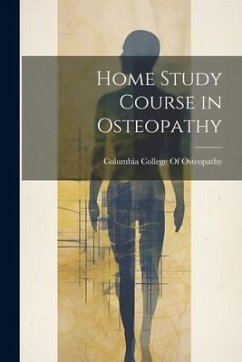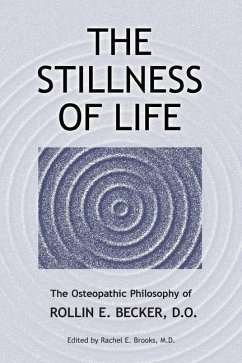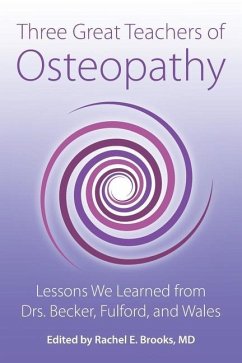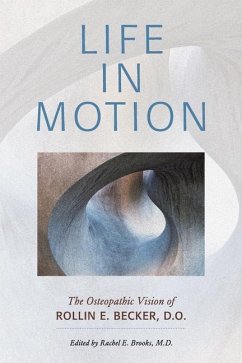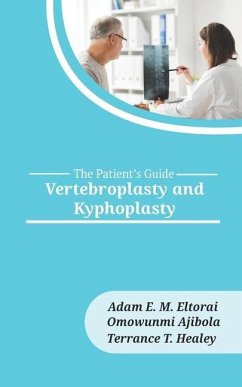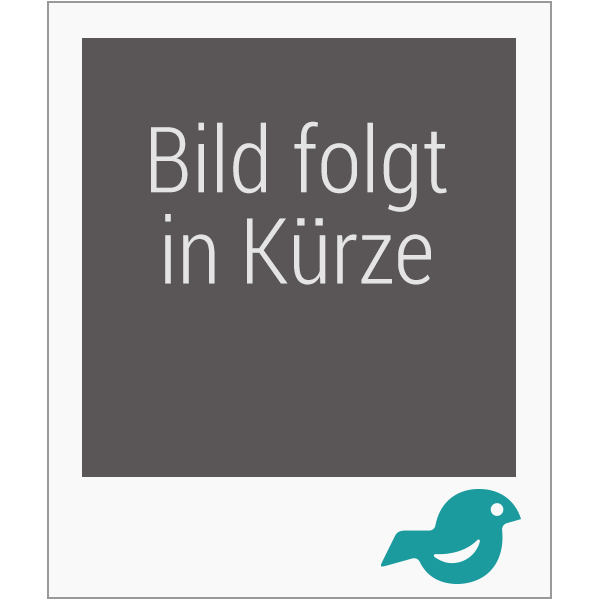
The Role of Musculoskeletal Dynamics and Neuromuscular Control in Stress Development in Bone
Versandkostenfrei!
Versandfertig in über 4 Wochen
17,99 €
inkl. MwSt.
Weitere Ausgaben:

PAYBACK Punkte
9 °P sammeln!
The role of forces produced by the musculotendon units in the stress development of the long bones during gait has not been fully analyzed. It is well known that the musculotendons act as actuators producing the joint torques which drive the body. Although the joint torques required to perform certain motor tasks can be recovered through a kinematic analysis, it remains a difficult problem to determine the actual forces produced by each muscle that resulted in these torques. As a consequence, few studies have focused on the role of individual muscles in the development of stress in the bone. T...
The role of forces produced by the musculotendon units in the stress development of the long bones during gait has not been fully analyzed. It is well known that the musculotendons act as actuators producing the joint torques which drive the body. Although the joint torques required to perform certain motor tasks can be recovered through a kinematic analysis, it remains a difficult problem to determine the actual forces produced by each muscle that resulted in these torques. As a consequence, few studies have focused on the role of individual muscles in the development of stress in the bone. This study takes a control theoretic approach to the problem. A seven-link, eight degrees of freedom model of the body is controlled by various muscle groups on each leg to simulate gait. The simulations incorporate Hill-type models of muscles with activation and contraction dynamics controlled through neural inputs. This direct approach allows one to know the exact muscle forces exerted by each musculotendon throughout the gait cycle as well the joint torques and reaction forces at the ankle and knee. Stress and strain computed by finite element analysis on skeletal members will be related to these derived loading conditions. Thus the role of musculoskeletal dynamics and neuromuscular control in the stress development of the tibia during gait can be analyzed. This work has been selected by scholars as being culturally important, and is part of the knowledge base of civilization as we know it. This work was reproduced from the original artifact, and remains as true to the original work as possible. Therefore, you will see the original copyright references, library stamps (as most of these works have been housed in our most important libraries around the world), and other notations in the work. This work is in the public domain in the United States of America, and possibly other nations. Within the United States, you may freely copy and distribute this work, as no entity (individual or corporate) has a copyright on the body of the work. As a reproduction of a historical artifact, this work may contain missing or blurred pages, poor pictures, errant marks, etc. Scholars believe, and we concur, that this work is important enough to be preserved, reproduced, and made generally available to the public. We appreciate your support of the preservation process, and thank you for being an important part of keeping this knowledge alive and relevant.




